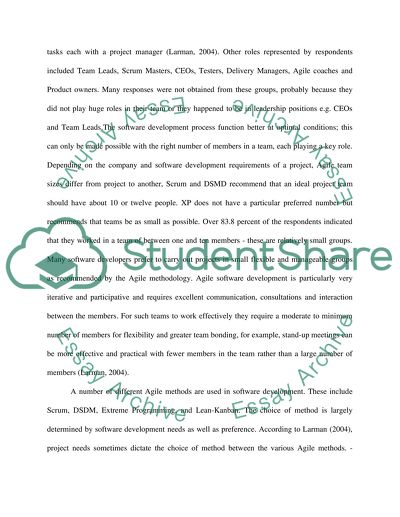Cite this document
(“The role of stand up meetings in agile software development ( benefit) Essay”, n.d.)
Retrieved from https://studentshare.org/information-technology/1485069-the-role-of-stand-up-meetings-in-agile-software
Retrieved from https://studentshare.org/information-technology/1485069-the-role-of-stand-up-meetings-in-agile-software
(The Role of Stand up Meetings in Agile Software Development ( Benefit) Essay)
https://studentshare.org/information-technology/1485069-the-role-of-stand-up-meetings-in-agile-software.
https://studentshare.org/information-technology/1485069-the-role-of-stand-up-meetings-in-agile-software.
“The Role of Stand up Meetings in Agile Software Development ( Benefit) Essay”, n.d. https://studentshare.org/information-technology/1485069-the-role-of-stand-up-meetings-in-agile-software.


